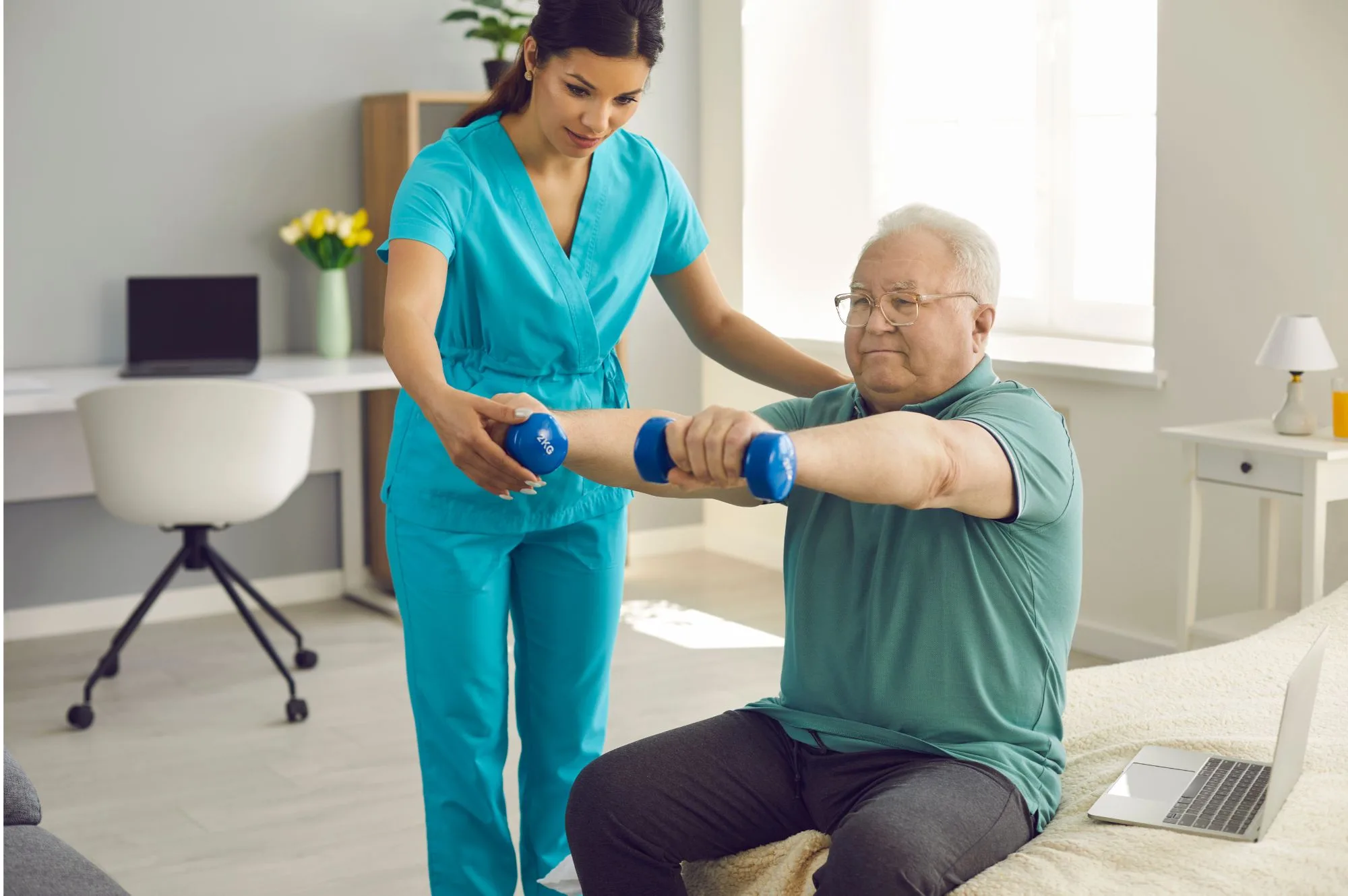
Physiotherapy For Osteoporosis
Osteoporosis is a disease that is characterized by a decrease in bone density, leading them to become increasingly porous and brittle, leading to higher chances of fracture. This makes it a major health threat across the globe.
Osteoporosis is often referred to as a silent disease because there are no early clinical signs or symptoms. Often, no symptoms are present until bone loss is advanced enough to result in a fracture. Common locations of fracture include your proximal femur, vertebrae, hip, pelvis, proximal humerus, distal radius, and tibia. Proximal femur and vertebrae are the two most common sites. Therefore, mild to severe constant back pain may be a concern when there is no history of injury or falls. Hip fractures are usually not detected until a fall has occurred.
Types of Osteoporosis
There are two types of osteoporosis: primary and secondary.
Primary osteoporosis is unrelated to other diseases or conditions and is the more common of the two. Though it occurs commonly in post-menopausal women or older men, it can occur at any age.Secondary osteoporosis occurs as a side effect of medication or secondary health issue to another condition or disease.
The main reasons why people develop osteoporosis are genes, age and gender.
Other risk factors include smoking, drinking more than three units of alcohol a day and being inactive.
Symptoms
Common signs and symptoms of osteoporosis are:
- Episodic, acute low thoracic/high lumbar back pain
- Compression fracture of the spine
- Increased number of bone fractures
- Decrease in height
- Kyphosis
- Decreased activity tolerance
Physical Therapy
Physiotherapy can help you strengthen your bones, as well as your muscles. It can prevent bone thinning, reduce falls and help you manage any pain. When you see a physiotherapist, they will assess your problem, give you advice and give you physical treatment.
Physical therapy for those who wish to avail of it includes
- Weight-bearings
- Flexibility exercises
- Strengthening exercises
- Postural exercises
- Balance exercises
Simple, effective exercises include
On the spot walking
– Check your posture and tighten your abdominal
– Walk on the spot, keeping your toes on the floor.
– Lift your arms with each step.
– Continue for two minutes
Arm Press
– Stand facing a wall, about 50 cm away from it, with your feet slightly apart, arms bent at the elbows and hands at shoulder height.
– Lean your body forwards towards the wall by bending your elbows in a controlled movement.
– Push your body back to the starting position.
While exercises for osteoporosis are easy to do at home, it is advisable to set your exercise schedule with help from a physiotherapist.







